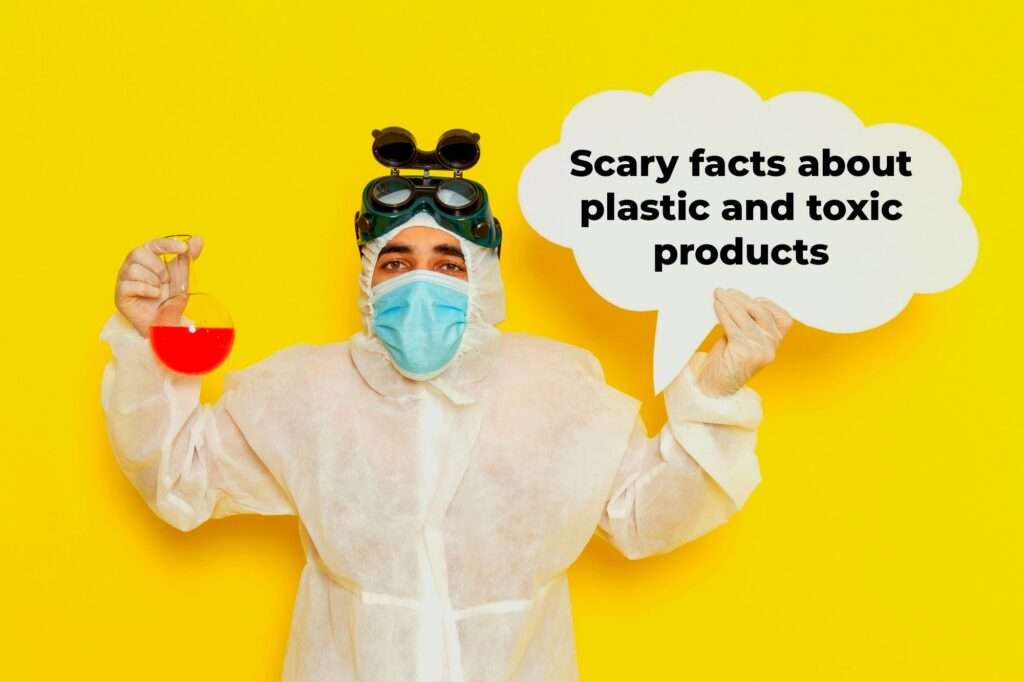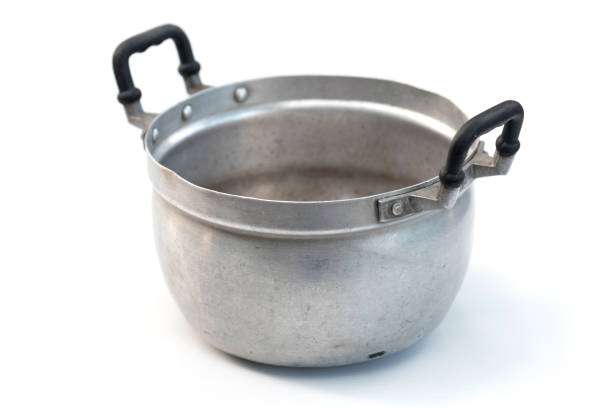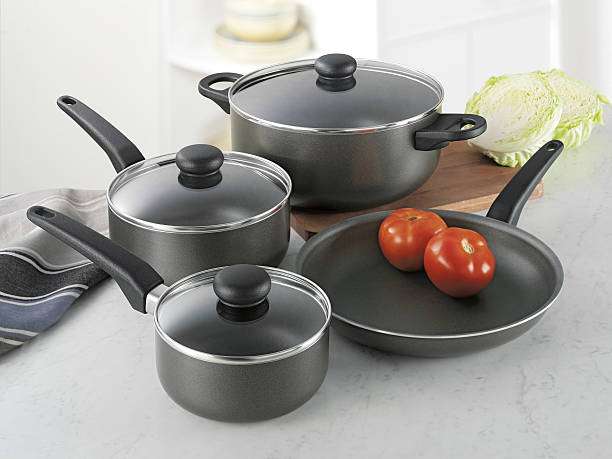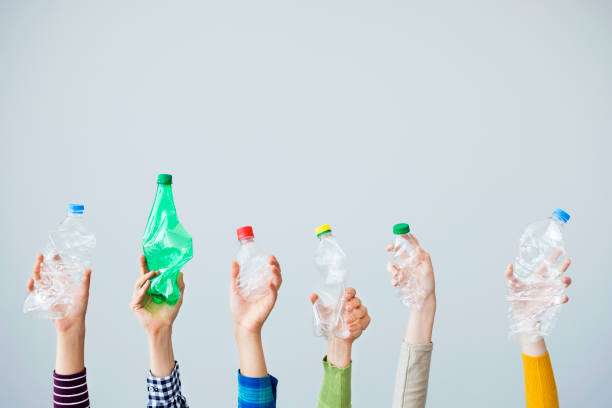4 scary facts about plastic and toxic products.
Third one will shock you.

1. We start our day with plastic. That is our toothbrush

Do you know?
Generally, we used our toothbrush 3 to 4 months and after that we threw our toothbrush in to dustbin. You would think that its lifecycle is complete. Wrong. Your toothbrush has just begun its life, and it won’t be nearing its end for close to 1000 years. That’s right! it takes around 1000 years for traditional toothbrush to disintegrate, meaning none of us will be around to see the day our toothbrushes meet their end.
But there are many consumers are becoming interested in plastic alternatives. In that way of thinking for alternatives for plastic toothbrushes, find a solution. That is eco-friendly bamboo toothbrushes. So please stop using plastic products it’s really very harmful to our environment.
Some studies about toothbrush: Food packaging and other single use plastic items are kept aside, toothbrushes contribute a huge volume to this total waste. It can be estimated that in the US alone, about one billion toothbrushes are end up in rubbish bin each year. Considering the world’s population of 7.53 billion people roughly use about 29.4 billion toothbrushes each year. A plastic toothbrush weighs around 20 gr, on avarage, so if we calculated the total, we could observe that 600 million kilograms of plastic toothbrushes waste is produced in 365 days.

2. The second one is about plastic bags.
Most part of the earth is polluted by Plastic bags. Plastic bags kill about 100,000 animals annually. Many animals, including whales, dolphins and turtles think that plastic bags are their food. For example, sea turtles think that floating plastic bags are jellyfish.
Some studies about plastic bags: According to studies, every second 160,000 plastic bags are used in all over the world. 5 trillion plastic bags are produced every year. According to a study by the world Economic Forum, 32% of all plastic packaging dumped in our ocean every year. It means every minute one tone of plastic garbage is dumped into the ocean.
Studies have shown that most of the ulcers, obesity and cancer cases are increasing because of having food in plastic bags. So please replace your plastic bags with eco-friendly bags, like jute, cotton, cloth ext…

3. Scary facts about toxic utensils

Aluminum and non – stick utensils almost lead our kitchen. Aluminum utensils are available at a low price and the non – stick utensils are very easy to use in our cooking. But in that way, we forget what will happen while heating these utensils. When we cook or drink in Aluminum utensils, a small quantity of Aluminum gets in our body. Aluminum neither gets digested nor gets out of the system as waste due to its properties.. According to some recent studies, cooking with Aluminum cookware can lead to an increased risk of developing Alzheimer’s disease. It has also been seen that Aluminum cookware can cause frequent headaches. Studies have proven that excess Aluminum in our body can cause kidney diseases, acidic reactions and some types of cancers.
Some studies about toxic utensils: According to the study we use silicon utensils above 428 degrees F (220 degree s Celsius) they can melt, and silicon liquid can get into the food. Also, one study published by the Swiss Federal office of public health, silicon backing Moulds leached chemical substances when they were exposed to heat at 200-220 degree Celsius.
Same on non-stick cookware also. When we heat non- stick cookware, some harmful chemicals are dissolved in our food. So please avoid that utensils and choose Iron, Stainless steel and mud cookware. These three are best for cooking, especially Iron and mud cookware are perfect for cooking. But little maintenance is required for these.
Something about stainless steel: Stainless steel utensils are one of the most commonly used cooking utensils. The Stainless steel is metal alloy which is a combination of chromium, Nichel, silicon and carbon. Stainless steel doesn’t react with acid foods.

4. Dangerous plastic bottles and storage containers

Many of our kitchen racks mostly filled with plastic storage containers. Some people transfer the hot food items which is from hot cooking vessels into plastic containers with our any hesitation. They don’t know how dangerous it is. Using plastic containers are root causes for many diseases. Specially drinking water from plastic bottles. Recent studies says that water stores in plastic bottles for long time is very dangerous. If we drink that that water, we were very close to many diseases.

Avoid plastic containers. Use BPA free plastic. Don’t drink water from plastic bottles, replace with copper, stainless steel and bamboo water bottles.
Some more facts about plastic and toxic products:
You know: In 2008 there were over2,480,000 tons of plastic bottles and other containers which were simply thrown away instead of recycled. Worldwide 73% of beach litter is plastic. A million plastic bottles are sold out across the world every minute and it will grow 20% higher by end of 2023.
Conclusion: These are the scary facts about plastic and toxic products. So try to avoid these products it will be helpful to our health and environment too.
FAQs
1. Can we use plastic utensils for cooking?
A. No, Plastic utensils produce harmful toxic byproducts that can contaminate food when heated. The toxic byproducts, known as oligomers, are formed during plastic production and many be poisonous to humans.
2. Are plastic utensils bad for the environment?
A. Plastic utensils are very harmful to our health and our environment too. More than half of the plastic used is thrown away without being considered for recycling or being put to other uses. This has led to the deposition of this plastic cutlery into waterways such as oceans, rivers, and seas, contaminating the waterways.
3. What is BPA?
A. BPA means Bisphenol A. It is used to manufacture polycarbonate plastics. This type of plastic is used to make some types of beverage containers, compact disks, plastic dinnerware, impact-resistant safety equipment, automobile parts, and toys.
4. Which utensils are safe for cooking?
A. 1. Mud utensils 2. Cost of Iron 3. Stainless steel. These three metals are good for cooking and our environment too.
5. Eco-friendly means?
A. Eco-friendly means earth-friendly or not harmful to the environment.
Hi, this is a comment.
To get started with moderating, editing, and deleting comments, please visit the Comments screen in the dashboard.
Commenter avatars come from Gravatar.
Pingback: single use plastic
Evesrything iss very open with a very cleaar clarification oof thee issues.
It waas trulpy informative. Your websiite is very useful. Manyy thank for sharing!
I like the valuable info you provide in your articles.
I’ll bookmark your blog and check again here regularly. I am
quite sure I’ll learn many new stuff right here! Good luck for the next!
SLQdNxtdEJRdhAVdMtSkxKrpL